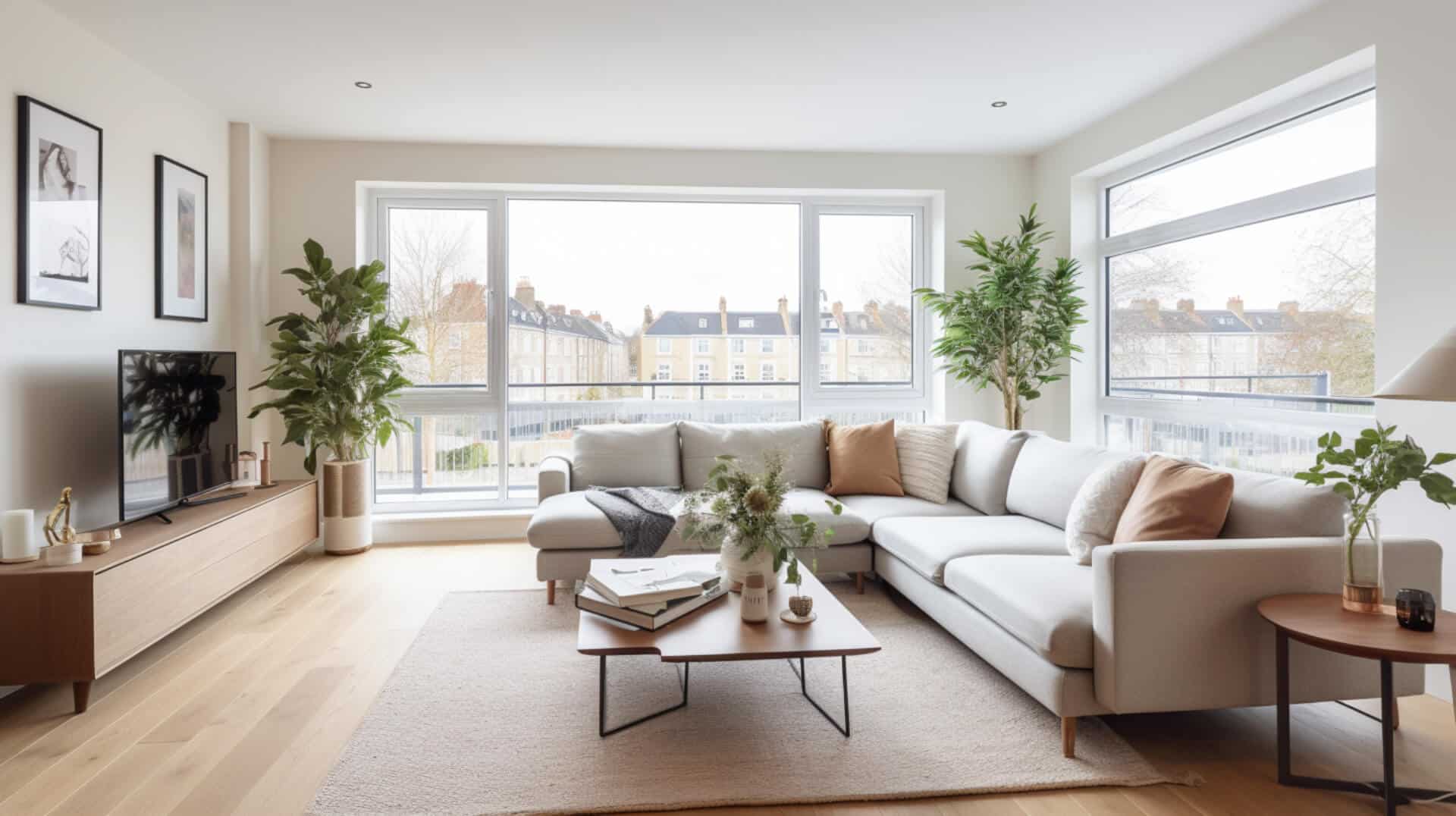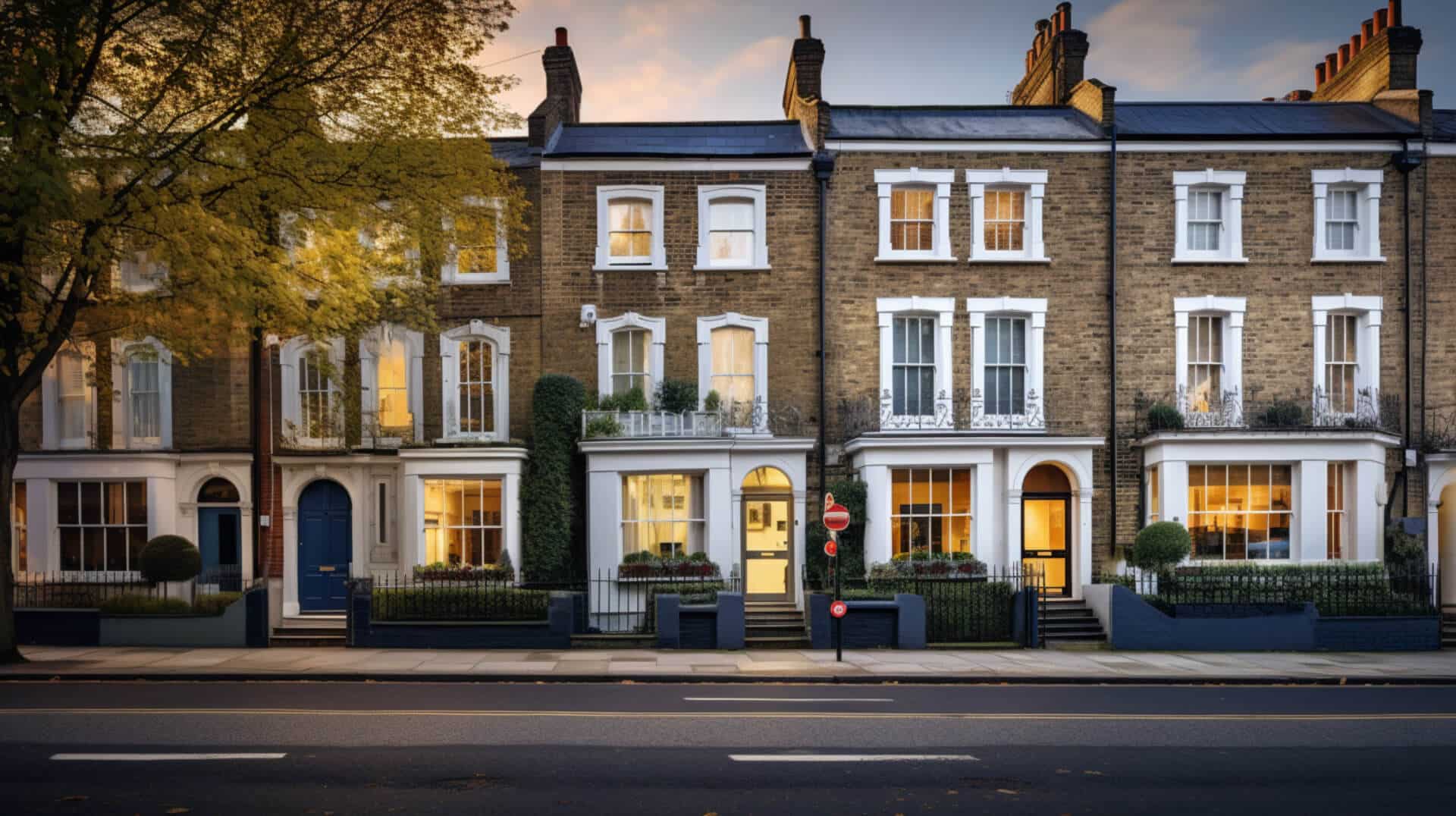
There are several strategies that can help you sell your house quickly, such as properly pricing your home, making necessary repairs, depersonalising the space, and staging it for potential buyers. Additionally, working with an experienced real estate agent who knows the local market can help accelerate the selling process. If you need to sell your house even faster, consider requesting a cash offer from a reputable platform.
Preparing Your House for a Quick Sale
Preparing your house for sale is not just about making it look pretty. It’s about creating a blank canvas for potential buyers to envision their future. One way to do this is by taking down family pictures, personal items like trophies or religious symbols, and anything that could be potentially distracting to the buyer. Think about it as decluttering and creating more space.
Another crucial aspect of preparing your house for sale is cleaning it from top to bottom. Sure, we all know that a dirty house is a turn-off to potential buyers, but many people need to remember how vital it is to deep clean the property. Potential buyers will open every cabinet and cupboard, so make sure everything is spotless both inside and out.
If you want to sell your house quickly, kerb appeal and first impressions are everything! Homebuyers will often drive by before deciding to schedule a showing, so making your home stand out is essential. Cut the grass, trim the hedges, weed your flower beds, and, most importantly, give the front door a fresh coat of paint if needed.
Some people skip the hassle of staging and instead opt for virtual staging, which allows them to put virtual furniture in pictures to show what rooms would look like with furniture when vacant. Virtual staging is a cheaper option that demands less time, but it might not appeal to everyone. For one thing, buyers who view the property will instantly notice that there’s no furniture in the house and be disappointed.
Enhancing Kerb Appeal
You’d be amazed at how much more alluring a house becomes with a few simple improvements done to the outside! A well-maintained front yard or garden is an excellent place to start since the outside of your house is ultimately where potential buyers will create their first impression. Remove any weathered lawn ornaments, overgrown shrubbery, weeds, or dead plants and replace them with fresh flowers if desired.
Consider power washing windows, steps and walkways together, or go one step further by repainting the exterior that requires it. Elevate your entranceway by hanging flower baskets, changing door handles or knobs, freshening up light fixtures or updating any other visible features.
Do not forget ample outdoor lighting either – this saves on energy costs while increasing safety – external lighting showcases the architectural features of your home while creating an inviting look when viewed from afar. A well-lit front entrance also gives off an impression of security.
My siblings put up their house for sale last year after buying a more spacious one nearby. The house was already in excellent condition yet lacked some pizazz compared to similar-sized homes in their neighbourhood. So they invested in hanging gorgeous light fixtures leading up to their beautifully painted front door. They also added some mild landscaping elements like a small fountain and some flowering shrubs – resulting in attracting buyers within a day of the listing’s first open house!
According to a study by Realtor.com, “taking seven or more photos can help sell your home faster.” Therefore, investing in quality outdoor photography that showcases improved kerb appeal can entice more people to schedule a viewing. The same study also revealed that roughly 95% of prospective buyers look for homes on websites. Hence it would be best if the pictures were excellent.
While some might argue that enhancing kerb appeal is unnecessary and a waste of money, research clearly demonstrates otherwise. Without proper kerb appeal, your home runs the risk of standing out in an unpleasant way, which could lead to fewer online views and in-person showings.
Staging and Depersonalisation
When selling your home, it’s important to stage it properly and depersonalise the space. This means removing items that make it clear someone else lives there, including family photos, children’s toys, and personal memorabilia.
While this may seem like a daunting task, it can make a huge difference in how potential buyers view your home. By depersonalising your living space, you’re creating an environment that allows buyers to picture themselves living there instead.
For example, imagine walking into a house with pictures of the family everywhere- on the walls, the staircase, and every available surface. It can be overwhelming and off-putting for potential buyers. Additionally, everyone has their own tastes regarding decor- some people might find a room full of Marvel movie posters exciting, while others may need to learn what Marvel is! The idea behind depersonalisation is to create a blank slate that appeals to the most people possible.
Staging is equally essential because it helps highlight your home’s best features. A professional staging company can use furniture and accessories to create an attractive layout that showcases each room’s potential. They can also help you remove clutter and unnecessary items from your living space to appear larger and more open.
Some sellers may feel that depersonalising their space is unnecessary or uncomfortable. However, it’s important to remember that selling your home aims to attract a wide range of buyers and get the best possible price for your property. If you’re struggling with this part of the process, try to view it as a fresh start and an opportunity for new beginnings in your next chapter.
Setting the Right Price
One of the most critical factors in selling your home quickly is setting the right price. It’s essential to be realistic about current market conditions and what buyers are willing to pay for a property like yours. Pricing too high can lead to reduced interest and a longer time on the market, while pricing too low can result in lost revenue.
To set the right price, research similar homes in your area that have recently sold and those currently listed for sale. Look at features such as square footage, number of bedrooms and bathrooms, lot size, age of the house, and location. Your real estate agent can also help you analyse this data properly.
Some sellers may be tempted to list their property higher with the intention of negotiating down. However, it’s important not to overshoot the mark too much – buyers are more informed than ever and will likely recognise when a property is overpriced.
Market Research and Pricing Strategy
When selling your house, you want to ensure you price it correctly. This means careful market research to determine what similar homes in your area are selling for. Your pricing strategy should consider factors such as the condition of your home, the local real estate market trends, and the urgency of your sale.
One way to conduct market research is by looking at recent home sales data online. Websites like Zillow and Redfin offer detailed information on houses sold within the last few months. You can also check out listings of homes currently for sale in your area to get an idea of what prices are being asked.
While researching comparable sales might give you a rough estimate of what your house might be worth, it’s important to remember that every home is unique. Factors like the condition of your property, location, and amenities can all affect its value. That’s why working with a real estate agent who knows your local market intimately and will have access to more detailed sales data is also a good idea.
Pricing your home for sale is kind of like haggling in a bazaar—you want to start with a high asking price but be willing to negotiate if necessary. Setting too high a price can scare off potential buyers, while setting too low a price could mean leaving money on the table.
Choosing the Ideal Selling Strategy
Once you’ve set the right price, it’s time to consider the best way to sell your house quickly. There are several options available, each with its own pros and cons.
Working with a traditional real estate agent is one popular approach. A good agent will help you price your home correctly, list it for sale on multiple websites like Zillow or Redfin, promote it through social media channels, and coordinate showings and open houses. However, working with an agent does come with some downsides:
- Commissions can be expensive.
- The process can take longer than you’d like.
- There’s always the possibility that your home will sell for less than you hoped.
Think of choosing a selling strategy like choosing a car: there are many models to choose from, each with its pros and cons. A traditional real estate agent is like a reliable family car—safe and practical but not always the fastest or most exciting choice. If you’re looking for something more cutting-edge and streamlined, working with a company that buys homes directly could be a better fit.
Of course, there’s no one-size-fits-all approach to selling your home quickly. It ultimately depends on your unique situation and priorities. That’s why it’s essential to do your research, talk to friends or family members who’ve sold homes recently, and consider all your options before making a decision.



